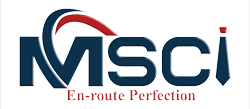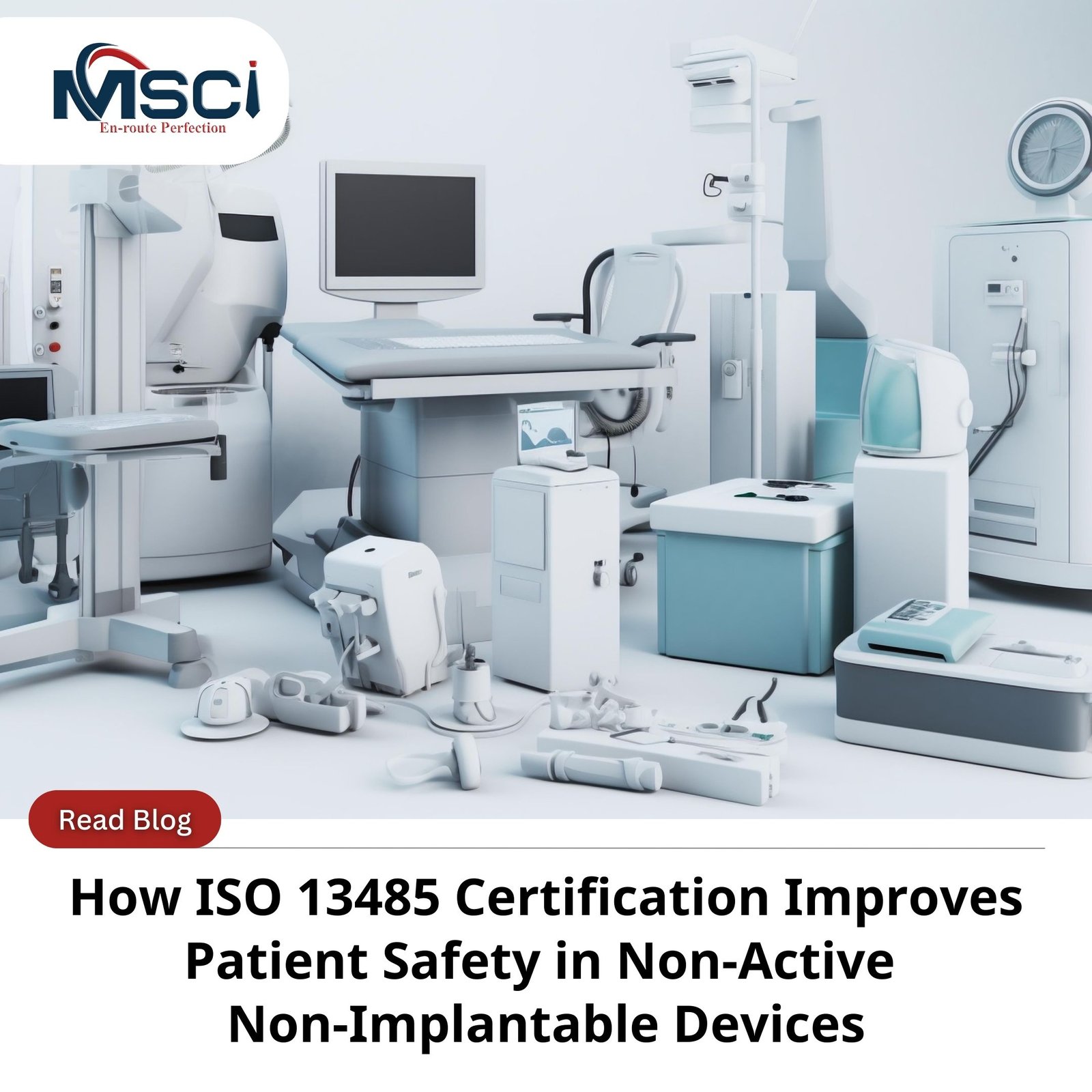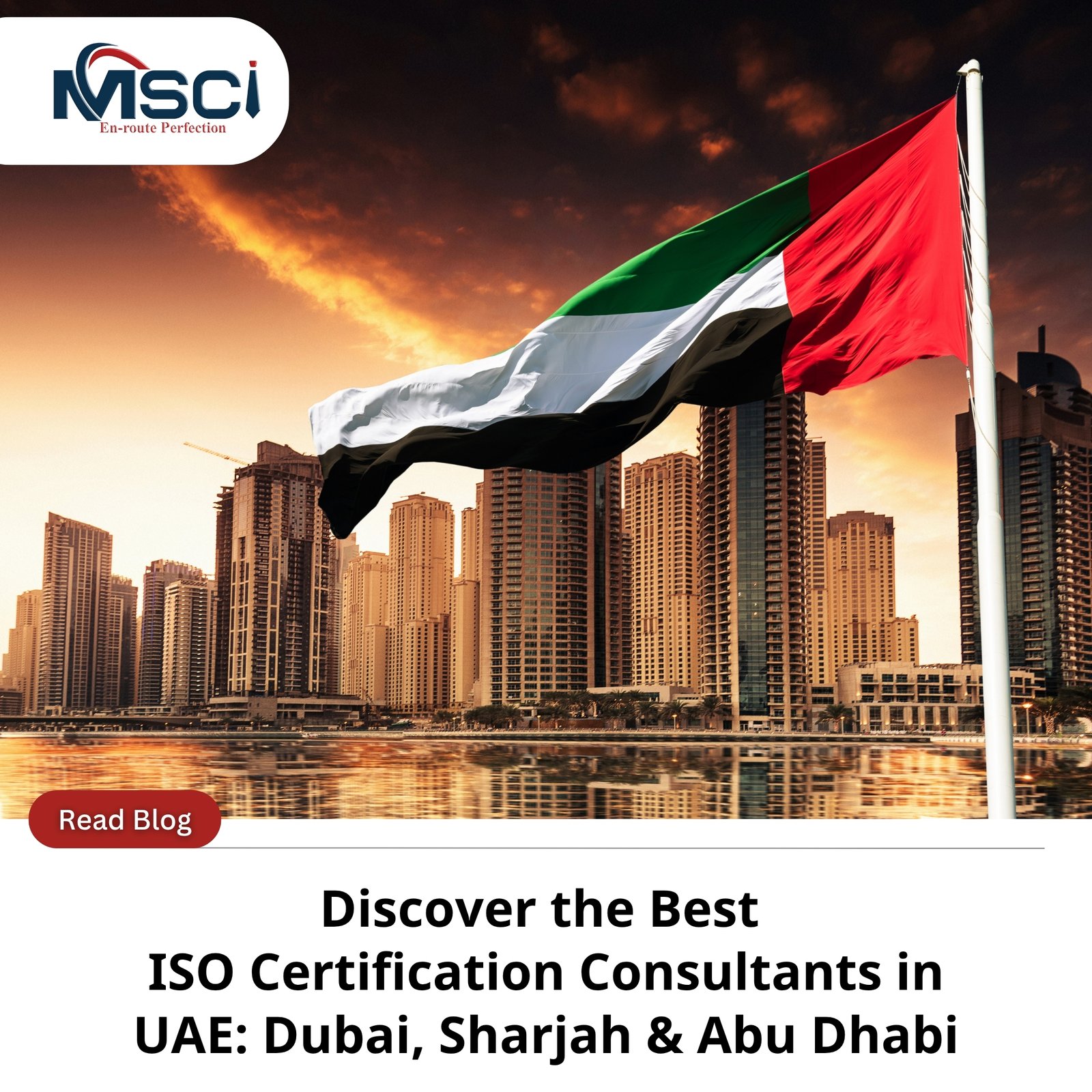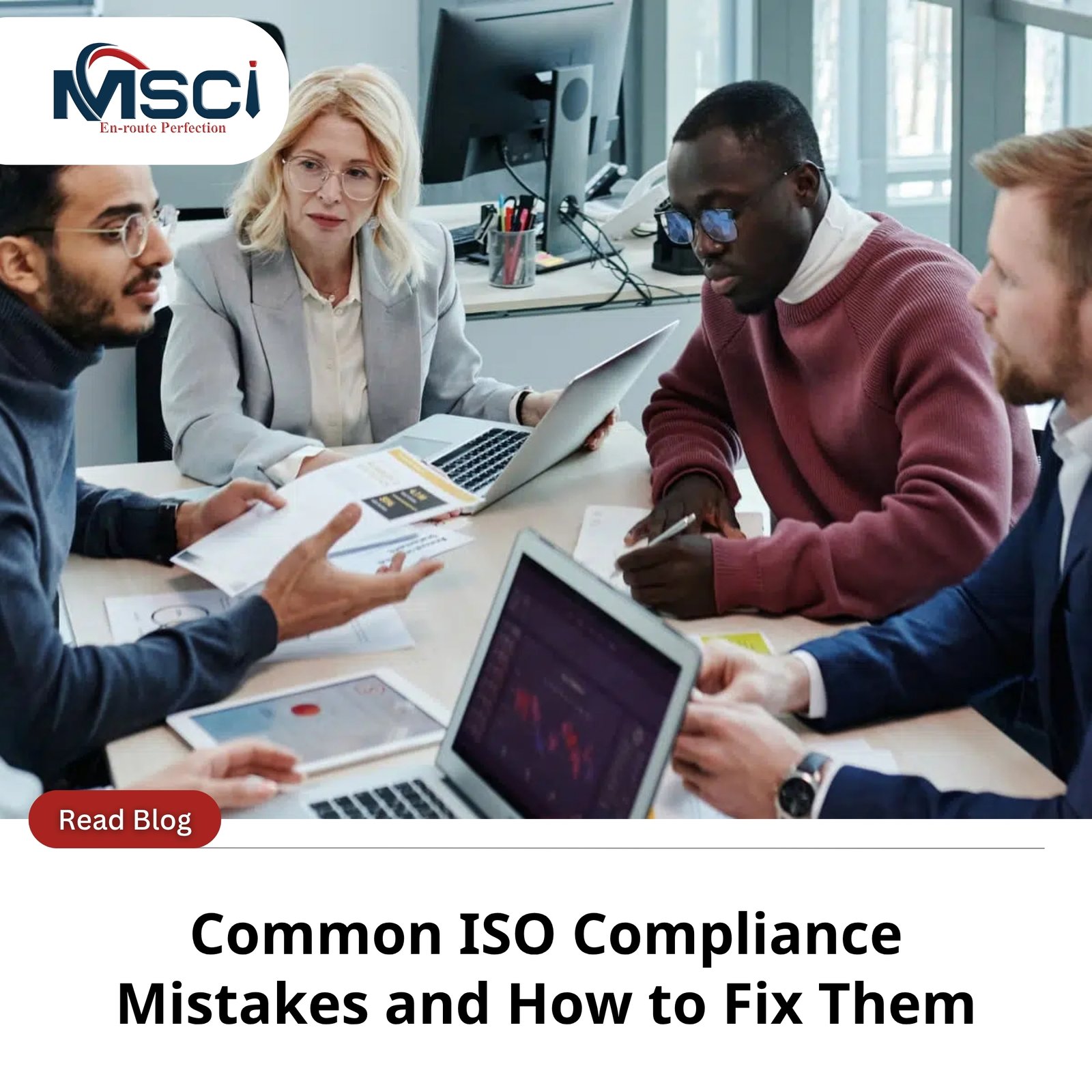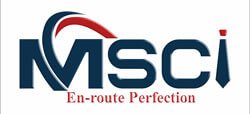When it comes to medical devices, “good enough” is never good enough when people’s health and lives depend on them. Even non-active, non-implantable devices, which may seem low-risk compared to complex implantable or active devices, play a critical role in patient care. Surgical instruments, hospital beds, wound dressings, bandages, and catheters may not require batteries to function, but their safety, quality, and reliability are just as crucial.
However, ISO 13485 Certification is the gold standard for quality management in the medical device industry. And if you’re wondering how it improves patient safety and how ISO consultants help you achieve it, you’re about to find out.
Understanding ISO 13485 and Non-Active Non-Implantable Devices
ISO 13485 is an internationally recognised quality management system (QMS) standard specifically designed for medical devices. It aligns with the regulatory requirements of multiple markets, including the EU, US, Canada, and beyond.
Non-active, non-implantable devices are those that:
- Do not require power (electrical, mechanical, or any other energy source) to function.
- They are not intended for long-term use in the human body.
Examples include:
- Surgical scissors and scalpels
- Stethoscopes
- Hospital stretchers
- Tongue depressors
- Thermometers (non-digital)
- Wound dressings and gauze
While they may appear simple but any defect in these products, such as contamination, sharp edge malformation, or poor material quality, can cause injury, infection, or delayed recovery.
How ISO 13485 Improves Patient Safety?
ISO 13485 requires manufacturers to implement rigorous quality control procedures at every stage, from design, material sourcing, production, packaging, and distribution. It also includes materials for wound dressings that must be sterile and hypoallergenic, and surgical tools must meet precise sharpness and durability standards.
ISO 13485 requires risk assessment at each level of the device life cycle. This means identifying hazards such as contamination, sharp edges, and toxic materials. Evaluating the severity and probability of harm and implementing controls to eliminate or minimise risks
For example, when a manufacturer produces stainless steel forceps, these steps ensure ISO 13485 processes check for material defects and surface cleanliness before shipment, significantly reducing the risk of post-surgical infections.
ISO 13485 requires full traceability in the event of issues arising. Each batch is traced to production records, suppliers, and materials. This traceability enables:
- Quick recalls to prevent further patient harm
- Root cause analysis to prevent repeat issues
Patient safety is not a one-time checkbox; it’s an ongoing commitment. ISO 13485 requires regular audits, management reviews, and corrective and preventive actions (CAPA) to ensure compliance. As a result, this ensures that any issues, whether identified internally or through customer feedback, are addressed swiftly and effectively, creating a cycle of ongoing safety enhancements.
Why ISO 13485 is Critical for Non-Active Devices?
Many businesses mistakenly believe that non-active devices face less regulatory scrutiny. In truth, both regulators and hospitals demand the same rigorous quality assurance for these products as they do for sophisticated, active devices.
This standard is critical for several reasons:
- Non-active devices frequently come into direct contact with patients, such as bandages and surgical instruments.
- Many are deployed in sterile environments, where even minor contamination can have serious consequences.
- Just one defective device can lead to lawsuits, costly recalls, and lasting damage to your brand’s reputation.
Role of an ISO 13485 Consultant in Achieving Certification
Achieving ISO 13485 certification is not a fill out a form and wait for approval process but a detailed, compliance-heavy journey. This is where ISO Certification Consultants add immense value.
- Gap Analysis – Consultants assess your current operations against ISO 13485 requirements to identify what’s missing. For example:
- Are your production records complete?
- Are supplier evaluations documented?
- Are your sterilisation procedures validated?
- Documentation Support – ISO 13485 demands extensive documentation from risk management files to process validation reports. Consultants help prepare and organise these documents so they meet auditor expectations.
- Process Optimisation – ISO certification isn’t just about compliance but efficiency. ISO consultants streamline workflows so quality processes become part of daily operations rather than an extra burden.
- Training Your Team – A Medical Devices – Quality Management System is only as strong as the people following it. As a result, ISO 13485 MD-QMS Consultants provide ISO 13485 awareness training so employees understand why these processes matter and how to follow them correctly.
- Audit Preparation – ISO certification audits can be intense. Consultants conduct mock audits to prepare you for the real thing, identifying weaknesses before the official assessment.
Conclusion
In the medical device world, whether active, non-active, implantable, or non-implantable, patient safety is non-negotiable. For non-active, non-implantable devices, ISO 13485 certification ensures that every bandage, forceps, or surgical tray meets the highest quality and safety benchmarks.
With the guidance of experienced ISO 13485 consultants, navigating the complex certification process becomes less daunting, more efficient, and more rewarding. When lives are at stake, almost safe simply isn’t safe enough. ISO 13485 helps you bridge the gap between good intentions and guaranteed safety, one quality-controlled device at a time.
